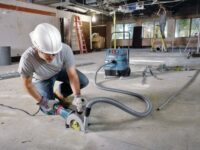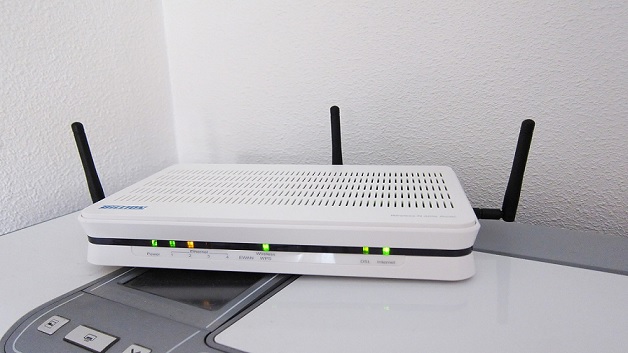When you are on work from home or casually surfing on the internet, you will get exhausted if your internet is not working well. In that case, you need to run a Centurylink speed test and troubleshoot your home internet. Don’t know about it? No worries, as we are here to guide you.
In this article, we will discuss how to test and troubleshoot your home internet, so stay with us and find out how to get the most out of your internet.
Be Prepared
Our goal here is to compare the amount of bandwidth coming into your home with the amount promised by your ISP.
Firstly, make sure you know your Internet plan and what your ISP guarantees as the minimum connection speed. Check your bill or your ISP’s website to find out what your ISP charges.
Let’s turn to the PC. To maximize performance, you should use a wired connection if possible; by doing so, you avoid interference and performance fluctuations that can occur when using wifi. Ensure that your test computer is connected directly to the modem if you have other wired devices on your home network.
- In the window task manager, click the network column to see which software is sending data on your network. Suppose you are stuck while using wifi and have a device that does not have an ethernet port- do what you can to minimize interference.
- Make sure your router is placed away from other electronic devices, and temporarily disconnect your devices from your Wi-Fi network. After doing this, any other computer must not download or upload any kind of data while you are running a Centurylink speed test.
- While at it, ensure your computer isn’t downloading something in the background.
- Look for network statistics in the Task Manager on Windows (accessed by pressing control-alt-delete) or Activity Monitor on macOS (named “Network” on macOS, “Networking” on Windows).
- Close or close all apps on your computer to prevent updates from being downloaded while you test your connection. Your bandwidth usage may not be zero, but you want it to be as near zero as possible. It isn’t much you can do while your operating system downloads updates other than waiting and testing your connection afterward.
Test Your Internet Connection
Several sites will help test your connection. Honestly, though, there’s little need to set a bookmark. If you’re using Bing as your search engine, type Centurylink speed test into the search bar, which will bring up a simple, apparent in-browser speed test in the results list. You can also test your internet speed by typing the Centurylink speed test on the google search engine.
Conversely, Google is more significant about what it is doing and what information it gathers. Each test is completed in a matter of seconds.
You don’t have to stick to those options; many sites like (https://myspeedcheck.net/speedtest/centurylink) also evaluate your connection’s quality and speed. It’s also possible that your ISP offers a speed test tool, but you may need to look around a little for it.
The router manufacturers are also increasing the number of speed tests included in the firmware of their products or the mobile apps they distribute with their products (although, in this case, you’ll be using a wireless connection).
If you test on more than one service, results may differ slightly. In addition to the amount of data each test uses, the latency to and from each server and continuously changing Internet conditions will cause some variation.
You’ll probably notice faster speeds at midnight when fewer people are streaming. To compute averages, we run benchmark software multiple times when we test a laptop or CPU. It takes only a few seconds for the tests to run so that you can do the same.
Isolate the Problem
It’s not uncommon for Internet service providers to fail to deliver the top speeds they promise–almost no one does. The reasons for a significantly slower connection could include many factors. It could be an issue with your equipment or an issue with your ISP. You can check with your ISP’s tech-support page to see if they’re aware of any issues with your service.
The first step in troubleshooting is eliminating your equipment from the equation if your ISP doesn’t report any problems. To begin with, try a different computer. You can’t blame your ISP if the performance on the second machine is acceptable.
After these suggestions, test your internet connection on the second computer: Try connecting your PC to the router with a different ethernet cable. If the router isn’t connecting to your internet gateway, try replacing the cable (your DSL, fiber, or cable modem). You can troubleshoot your router by turning it off for a minute, unplugging it, and then turning it back on again.
When you don’t have the latest firmware on your router, now is a great time to update it. If your DSL, cable, or fiber modem is still not working, try power cycling it. Then it’s time to call your ISP’s tech support if you’ve tried all those steps and still aren’t getting the desired results.




















